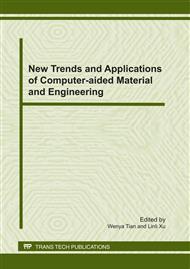p.378
p.383
p.388
p.393
p.398
p.403
p.408
p.412
p.418
Eight Models Discussion on P3L Multi-Solution Problem
Abstract:
Multi-solution problem is an important problem that affects the characteristic of pose estimation algorithm. The main content of this paper is to discuss the solution models for pose estimation method from three non-coplanar lines which intersect at two points. This paper provides a detailed account of concrete expressions for eight solution models. Expression for analytical solution can be very visual.
Info:
Periodical:
Pages:
398-402
Citation:
Online since:
January 2011
Authors:
Keywords:
Price:
Сopyright:
© 2011 Trans Tech Publications Ltd. All Rights Reserved
Share:
Citation:


